Close up of the most
From Asian mosquitoes to ticks . today's close-up technique helps us see every hideous tooth or blood-sucking nozzle of these tiny insects.
Dailymail said these pictures help us have a closer look at the animals cleverly adapt to blood sucking. This is a vital ability to help them get a rich supply of nutrients, easy to digest and less detectable.
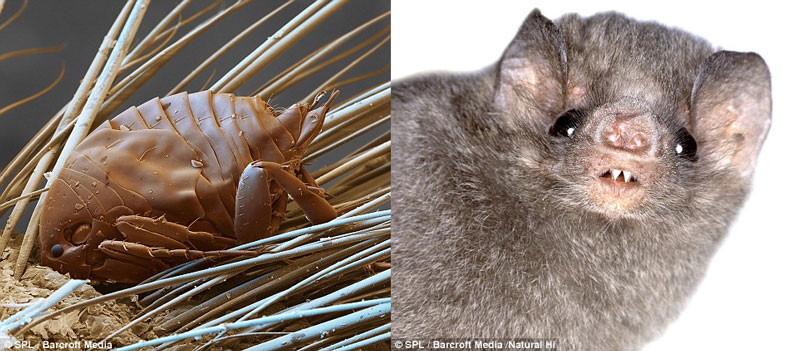
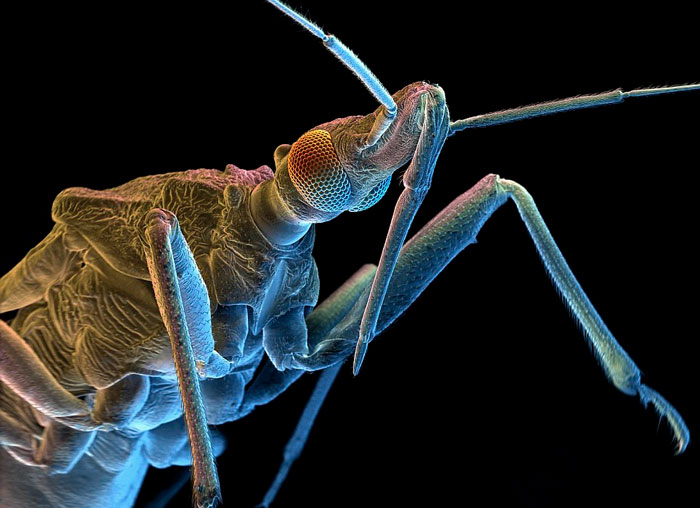
Assassins: Can be found all over the world, they bite very pain and when injecting saliva on small insects will make the tissue melt, then they will suck the liquid into the abdomen.
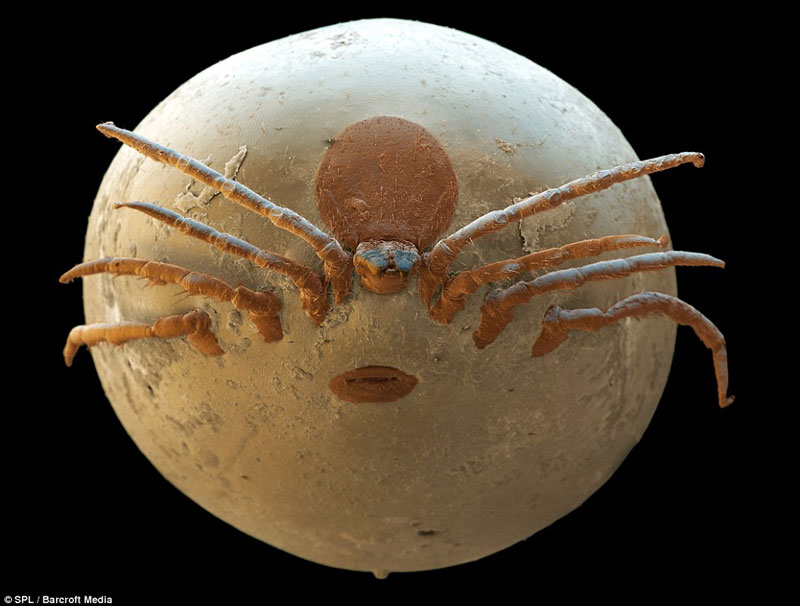
The picture was taken by an electron microscope
Round mites fluttered after sucking blood to the stomach.
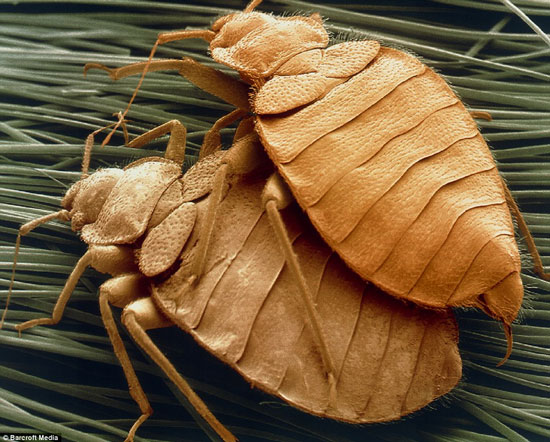
Two bugs are 'lovingly', their bugs and their droppings with the class
Dead skin accounts for one third of the weight of a sleeping pillow.
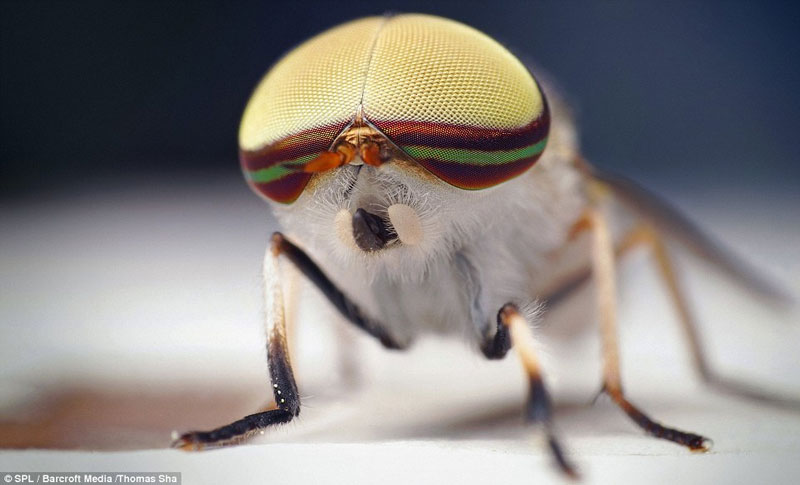
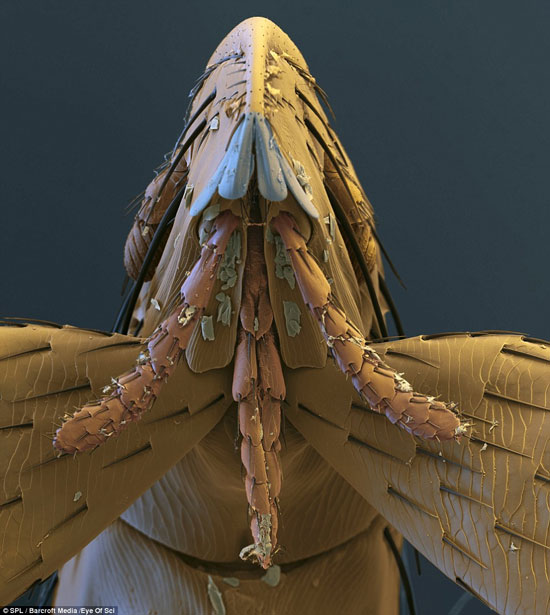
Fortunately, this flea does not live on parasites who live on bats.
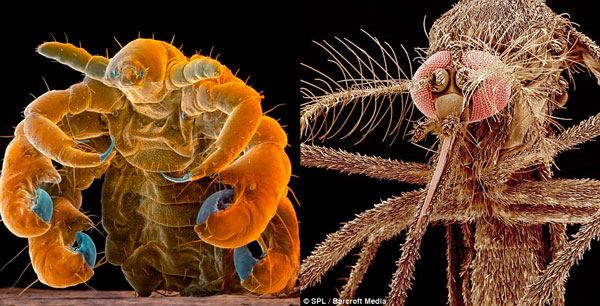
The louse usually lives on the mu around the genitals and in the eyelashes of
people (left).Asian stripes: Transmission of dengue fever and West Nile encephalitis (right).

Serpentine mosquitoes are using taps to suck blood from hosts. This animal is very universal
In tropical Africa, transmission of Trypanosomiasis, also called
is sleeping sickness. African sleeping sickness not only affects children
people, but also cattle, with about three million animals die every year.

Candiru Fish: This catfish live in this South American parasite very easily
hide and live in the urethra of people who like to bathe in the river.
- Close your eyes to help remember better
- The close button in the elevator door is really just for scenes
- Why do we close our eyes when we sleep - the simple question that scientists also have to scratch their hair
- Video: A close-up of a fierce
- Two meteors are about to fly close to the earth
- A close look at chemical reactions
- Close up of the missile journey from the launch pad, move and hit the target
- Men look far, women look close
- Meteors fly close to the earth
- Close up of Saturn and satellites
- China will close 4000 coal mines
- A close-up video of UFO flying over a car clearly visible
 The 11 most unique public toilets in the world
The 11 most unique public toilets in the world Explore the ghost town in Namibia
Explore the ghost town in Namibia Rare historical moments are 'colored', giving us a clearer view of the past
Rare historical moments are 'colored', giving us a clearer view of the past The world famous ghost ship
The world famous ghost ship